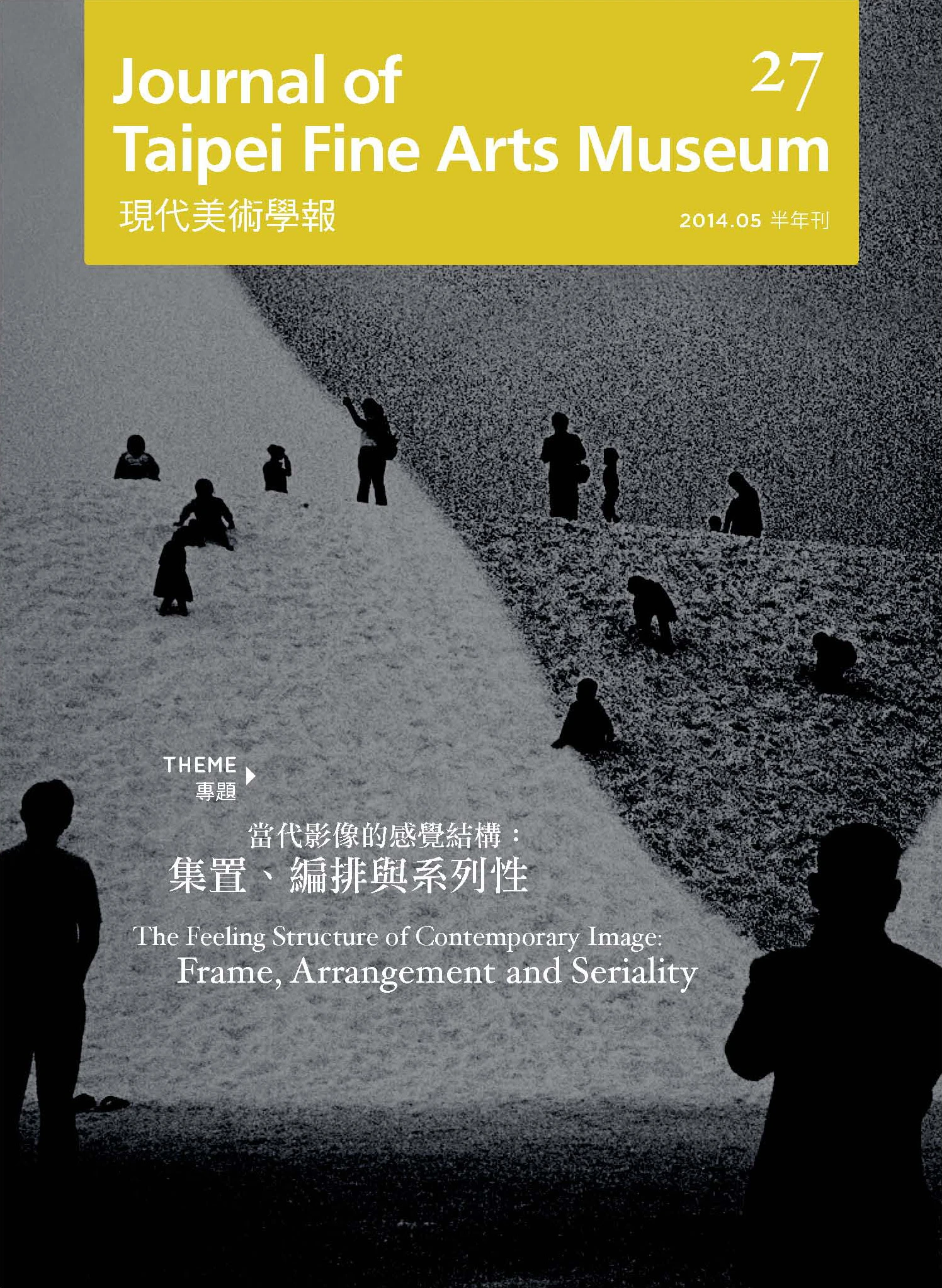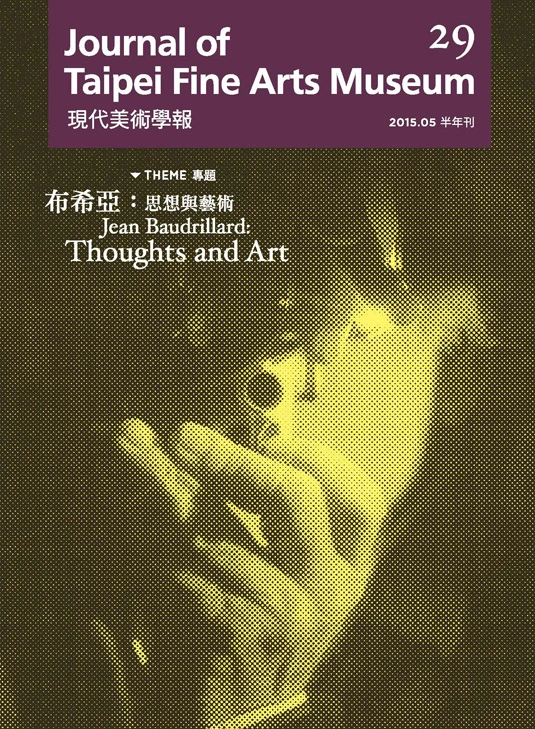摘要
禮制,乃是一個民族與社會之政治組織、文化信仰、行為規範、社會道德和天地宇宙觀的綜合呈現。而為此而興建的建築物,也是反應了當時的政治權力組織、社會文化及信仰的物質性呈現。中國在政治上自漢武帝開始尊崇儒家以來,禮制建築變成了規範封建中國社會與文化的重要秩序象徵物。一直到1911年滿清王朝被推翻為止,傳統的禮制建築在中國社會中,一直扮演重要安定秩序力量的角色。作為日本的前殖民地,台灣在二戰後被納入中華民國的政治體制當中。為此,作為推翻封建中國的國民政府,如何在失去中國大陸的領土後,又重新訴諸儒家的「道統」的概念,來推動如「故宮」、「孔廟」與「忠烈祠」等禮制建築的現代化,一方面藉此來推動在台灣的中國文化認同,另一方面也是合法化其治理的基礎。
關鍵詞
禮制建築、儒家、故宮博物院、孔廟、忠烈祠
Abstract
Ritual system is a comprehensive presentation of a nation's political organization, cultural beliefs, behavioral norms, social morality, and cosmological views. Therefore, buildings built for ritual practices reflect the materiality of the political power and cultural identity of the society at that time. Politically, since the Chinese Emperor Wu of the Han Dynasty began to promote Confucianism, ritual architecture has become an important symbol of order in regulating feudal Chinese society and culture. Until the overthrow of the Manchu Qing Dynasty in 1911, traditional ritual architecture played an important role in stabilizing and ordering in feudal Chinese society. As the previous Japanese colony, Taiwan was incorporated into the political system of the Republic of China after World War II. The Nationalist government, as the reformists that overthrew feudal China, resorted to the Confucian concept of "orthodoxy(道統)" after losing its territory in mainland China in order to promote its legitimacy in Taiwan. The modernization of ritual buildings such as National Palace Museum, Confucius Temples and Martyrs' Shrines not only promotes Chinese cultural identity, but also serves as the basis for legitimizing the governance of the Nationalist government in Taiwan.
Keywords
Ritual Architecture, Confucianism, National Palace Museum, Confucius Temple, Martyrs' Shrine






